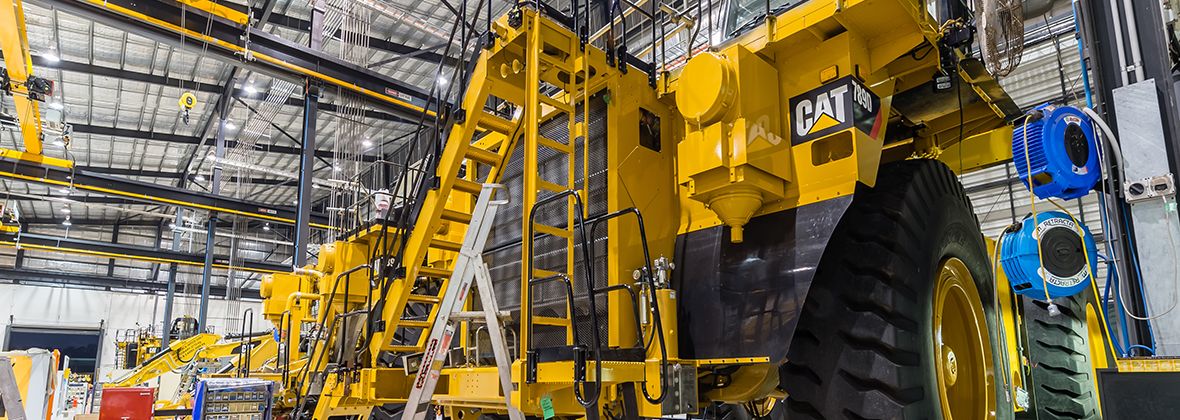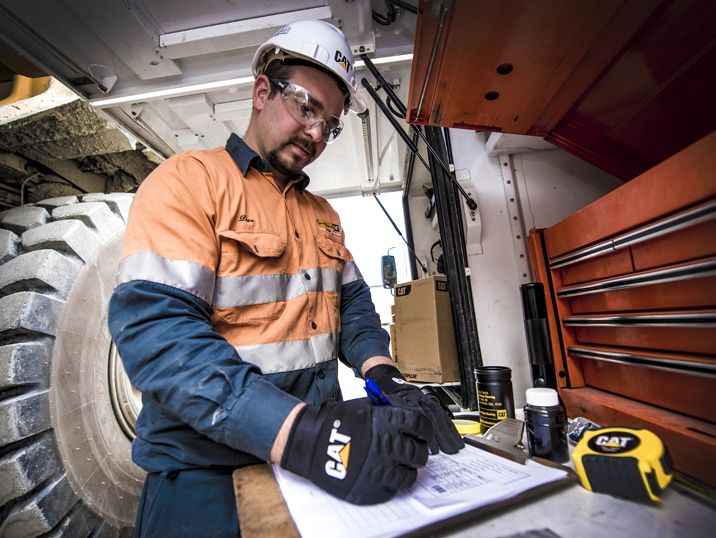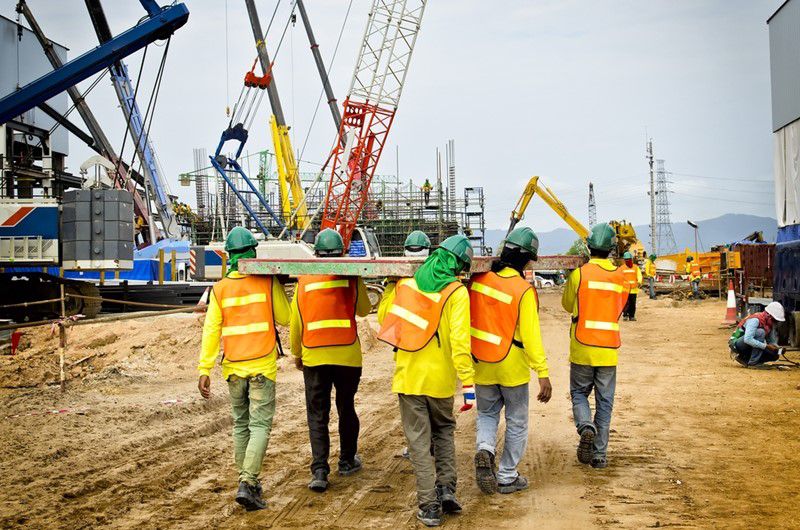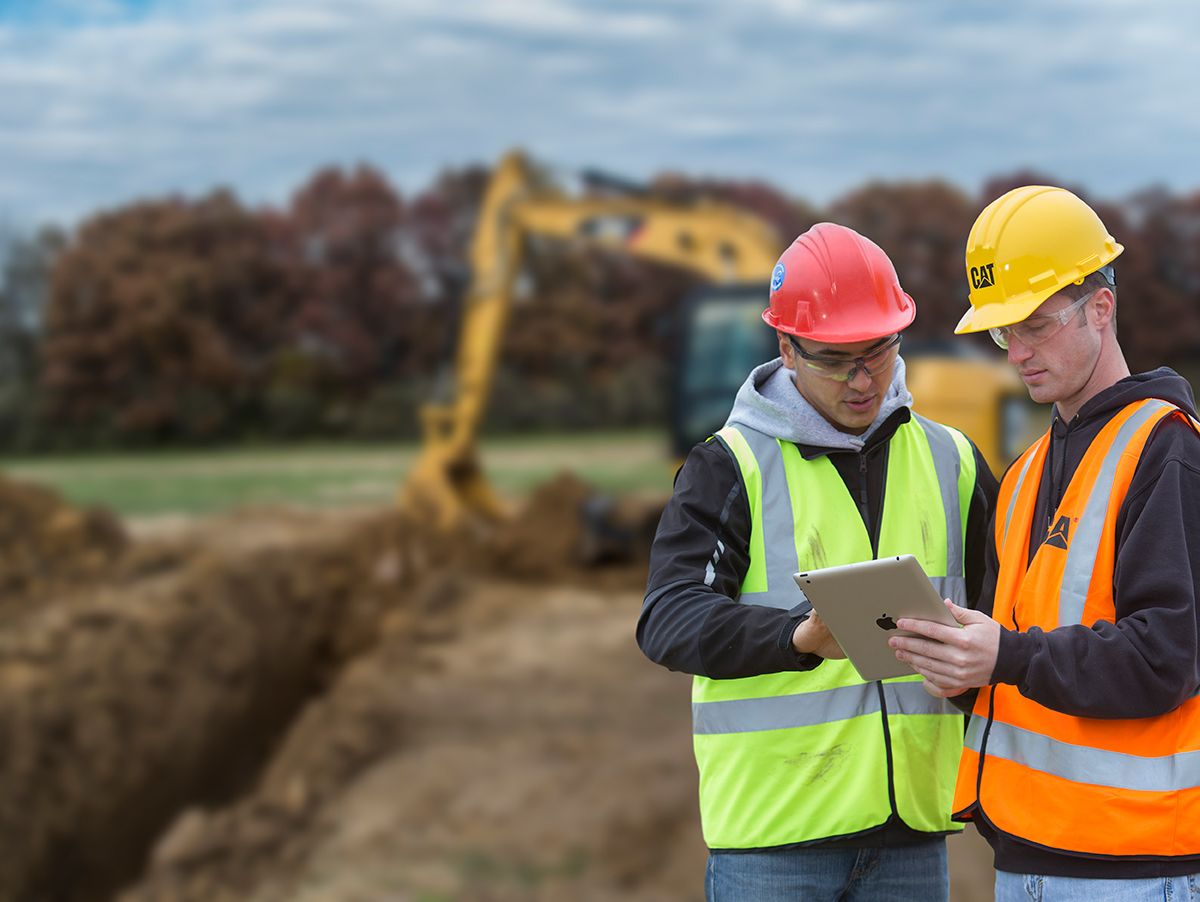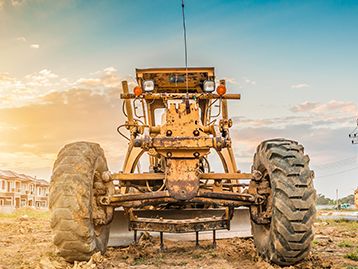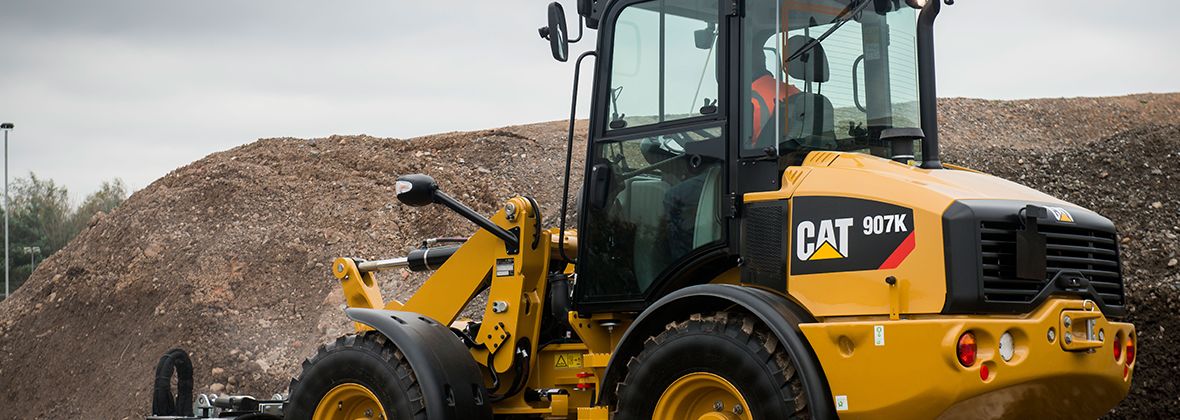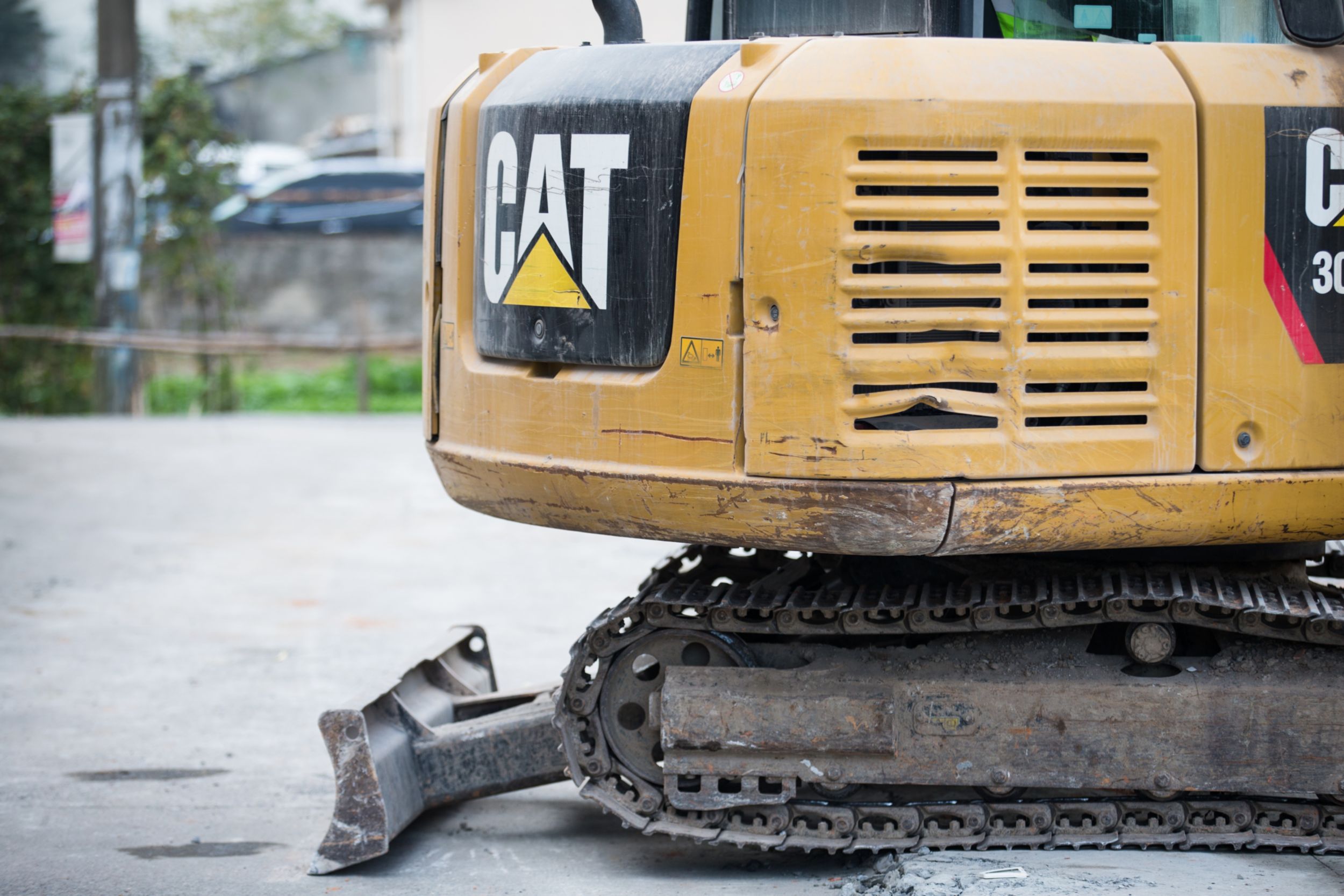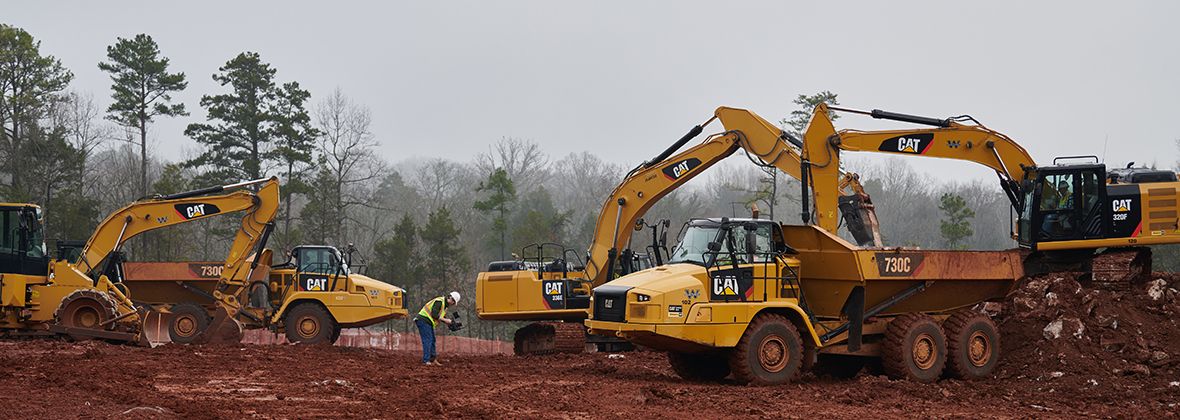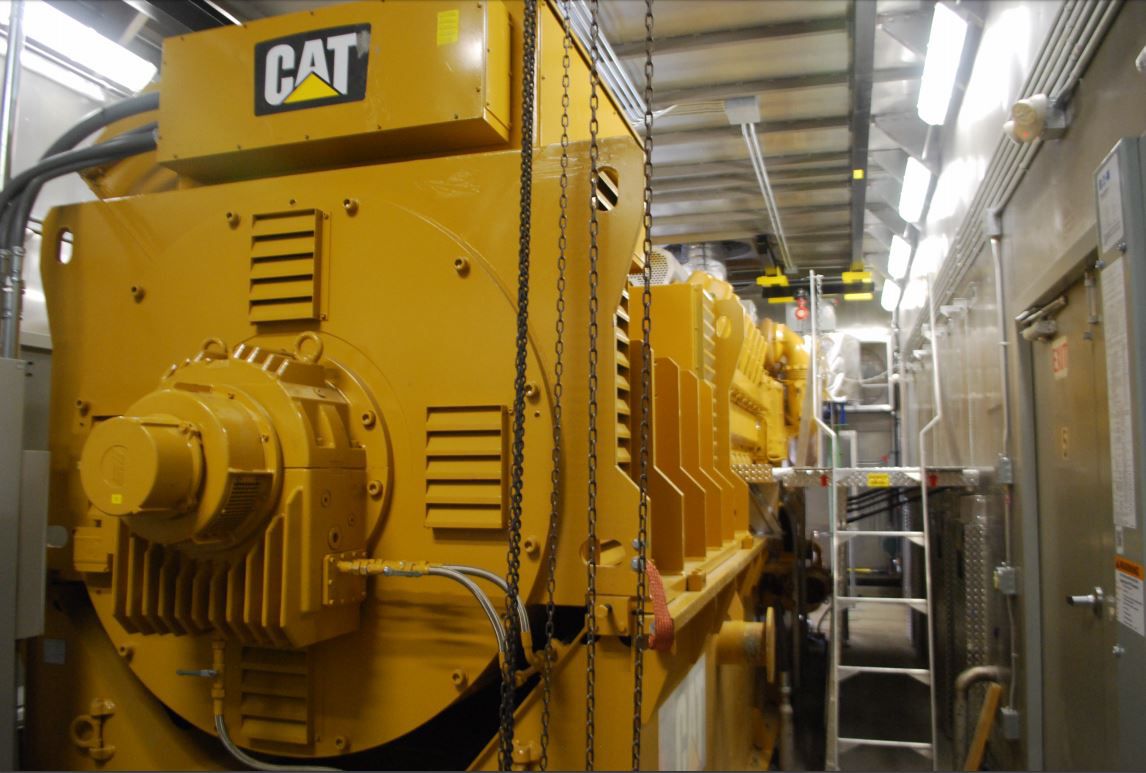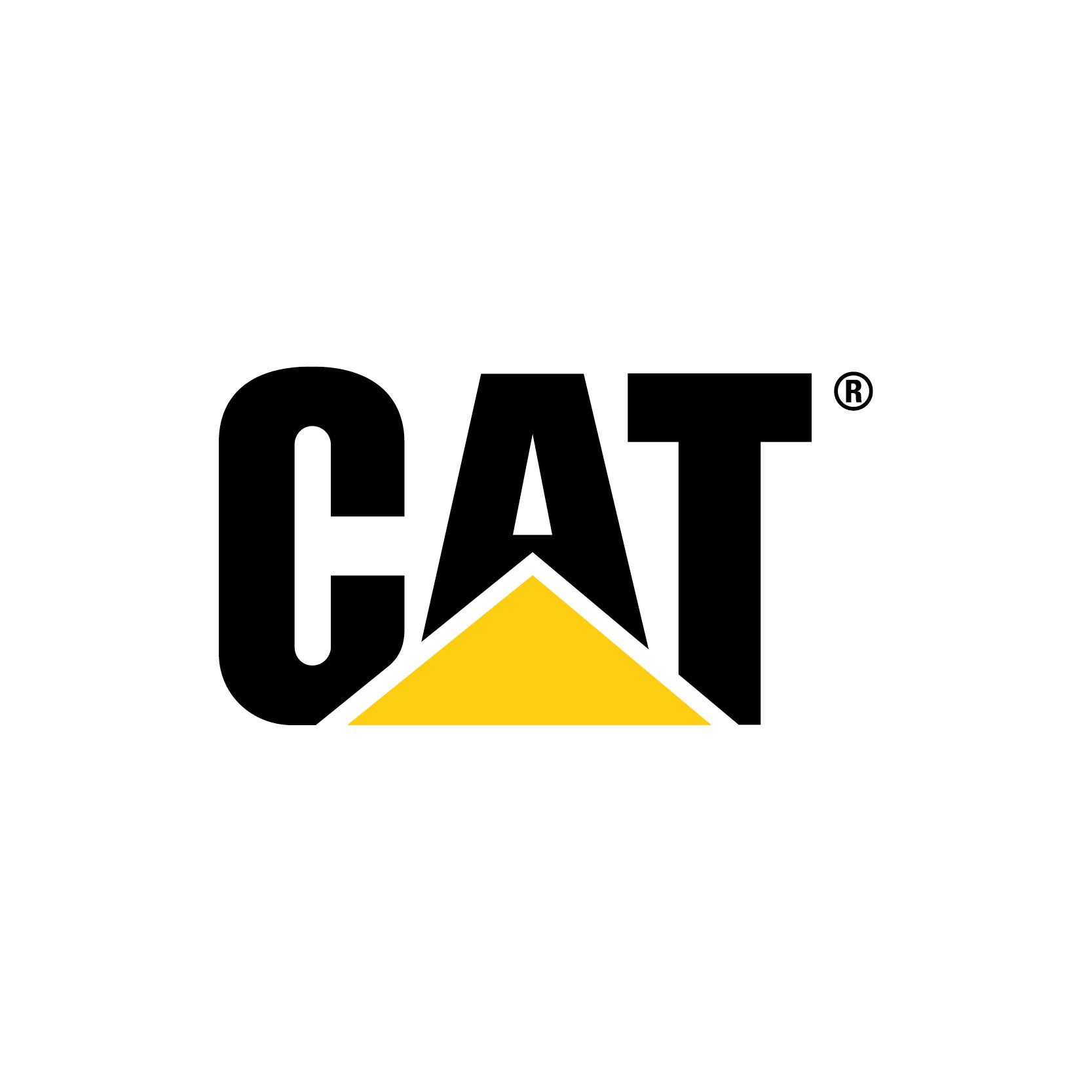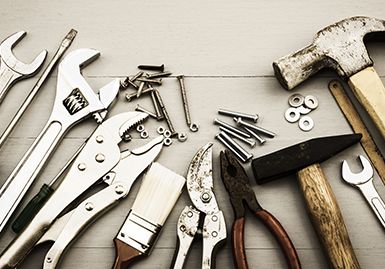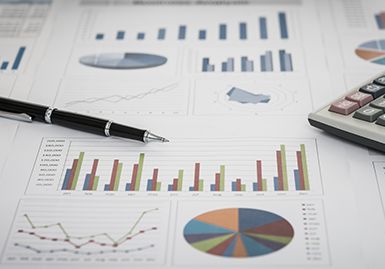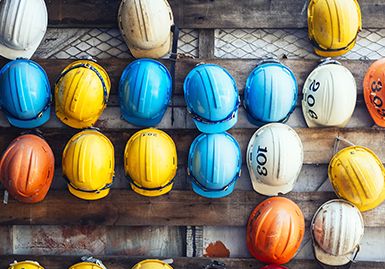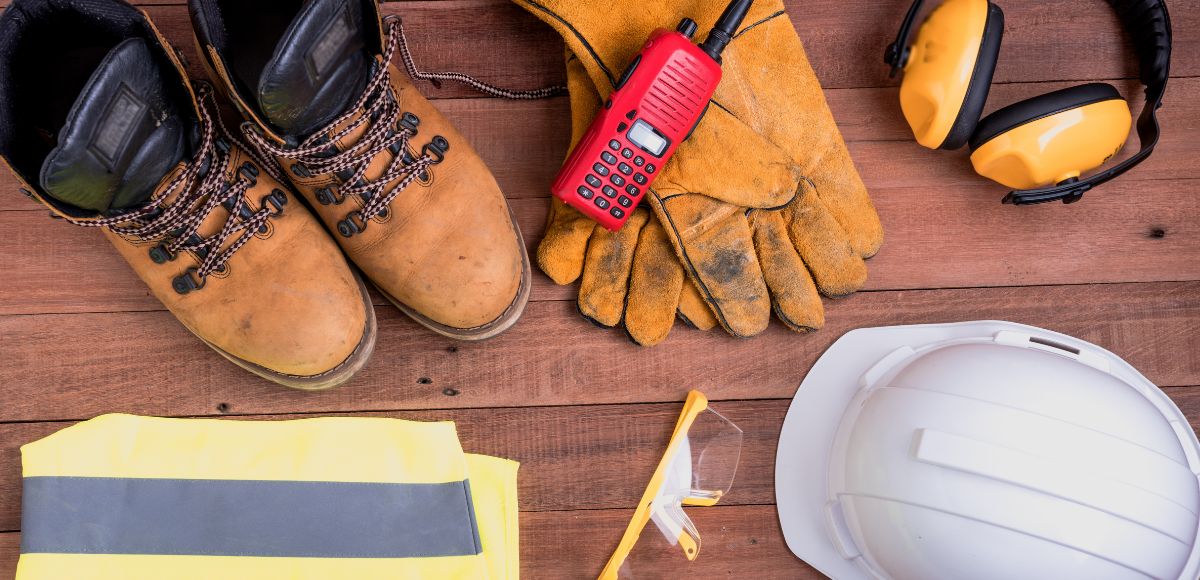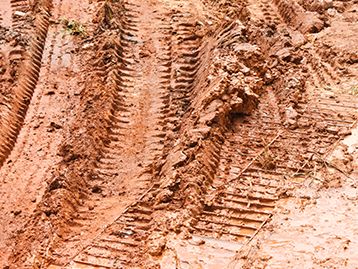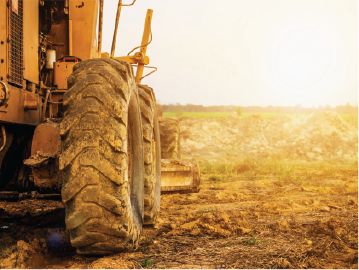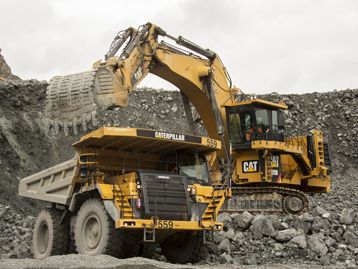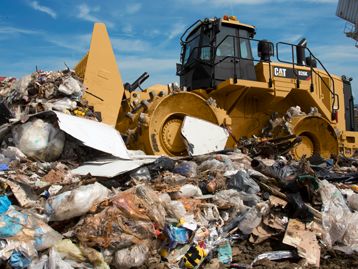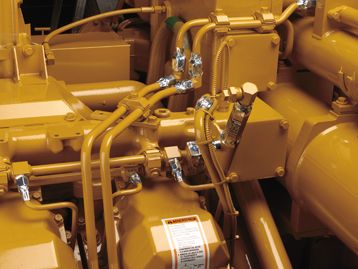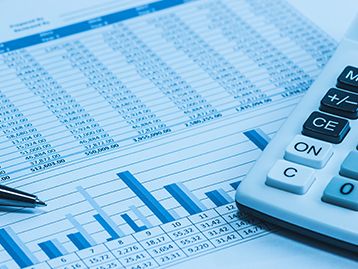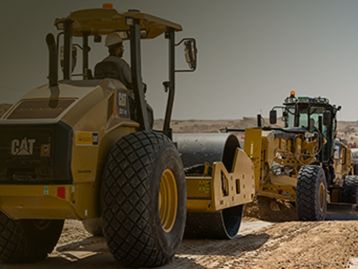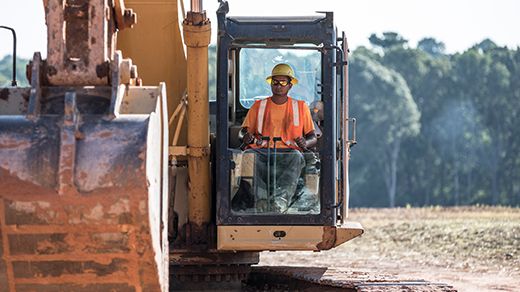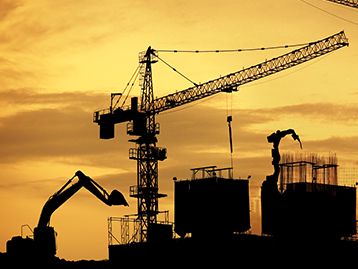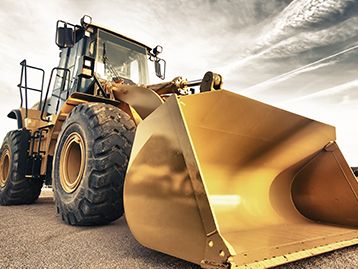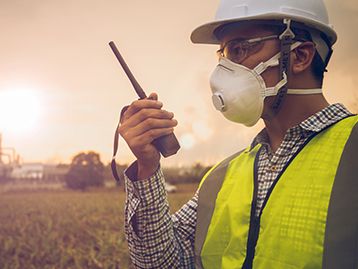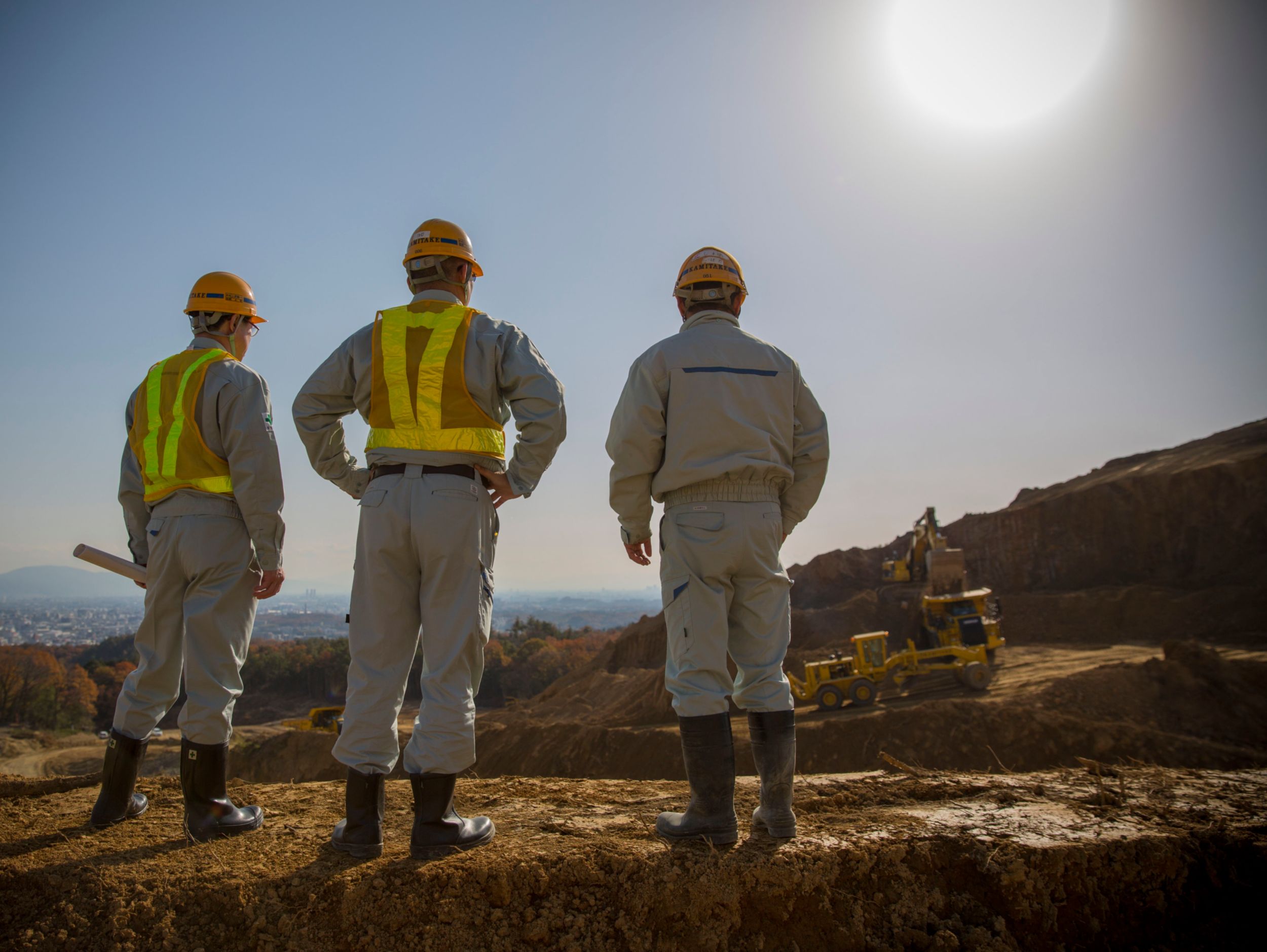If you already have an existing account with another Cat App, you can use the same account to sign in here.
One Account. All of Cat.
Your Caterpillar account is the single account you use to log in to select services and applications we offer. Shop for parts and machines online, manage your fleet, go mobile, and more.
Account Information
Site Settings
Security
The unexpected challenges of 2020 have made one thing clear for heavy equipment and machine-centric industries – creative thinking and modified strategies for generating revenue are now more important than ever. Companies that rely on financing heavy machinery, and those that are considering using this beneficial procurement option, should consider the trends expected for 2021.
Before looking ahead to the new year, it’s important to examine where the equipment finance industry stands as we wrap up 2020. One bright spot was that new business volume growth for the equipment and finance industry accelerated by 4.7%, according to the Equipment Leasing and Finance Association (ELFA). Much of this growth was driven by historically low Federal Reserve Interest rates.
Let’s examine what’s in store for 2021 heavy equipment leasing and financing trends.
Equipment leasing and financing trends for 2021
Despite 2020 seeing the steepest and deepest dip in gross domestic product (GDP) since 1946, analysts expect a far more favorable environment in 2021 for equipment finance firms, ELFA reported. While we’re not out of the woods yet, there are several signs that point to a slow but steady recovery.
Construction Equipment Guide reported that since many factories are shut down, it may be difficult to get the equipment and components necessary for projects. This may lead to equipment shortages and will require contractors to get creative in their acquisitions. Company owners now more than ever need their businesses to be agile and responsive to a disruptive economy. Those who can adapt on the fly will be able to take advantage of the new opportunities during this time.
This makes equipment financing a great option. By leasing machinery or obtaining a heavy machinery loan, businesses can free up cash that can be set aside to help the company navigate the tumultuous waters of the post-pandemic market.
Agricultural machinery sector
Low commodity rates, trade disputes and an uptick in inclement weather have all put strains on the agricultural machinery sector in recent years. These challenges are expected to continue into the new year.
However, after the agricultural sector suffered a drop of 12.5% from 2019 to 2020, industry analysts forecast a slight increase of 4.4% projected for 2021, according to Global Data Products, Power Systems Research. While the recovery will take a little time, the analysts anticipate this sector reaching 2016-2017 levels by 2022.
Industrial sector
As a heavily fragmented sector, the industrial sector has handled the pandemic differently depending on the market segment.
After a decline of 12.1% from 2019 to 2020, analysts forecast 2021 production to increase to around an estimated 4% for 2020, according to Global Data Products. However, they note that pre-COVID (2019) production levels might not return until 2023.
In many instances, it will take time to rebalance supply chain channels and distribution of market shares. Analysts see the industrial sector mirroring the construction sector, with strong demand for small construction equipment like forklift applications and material handling.
Engineering, Construction and Building Sector
The engineering, construction and building (ECB) sector will need to remain resilient to navigate and thrive in the new normal.
Infrastructure development in urban civil engineering, snow removal, forestry and landscaping is expected to experience increased demand. This, along with a rise in mega construction projects and residential buildings, are all forecast to contribute to growth in the ECB sector in the coming years. Compact and crawler excavators, wheeled loaders and hybrid vehicles, such as dump trucks, are forecast to experience high demand in the next few years.
Management consulting firm, McKinsey and Company, noted that one of its seven actions for success for construction companies is to redeploy capital and resources to remain agile. Equipment financing remains a smart way to accomplish these goals to expand operations in the new year.
Each of the market segments detailed here will need to adjust and evolve to maintain any economic rebound. Although growth might be slow, many opportunities should arise during the protracted recovery period of 2021. One big opportunity will be how low interest rates should help encourage investments in equipment financing.
Since the post-pandemic economy will look significantly different than the one that existed at the beginning of 2020, business owners will need to implement effective strategies to survive in this new environment. Companies worried about the profit potential in the new year can take advantage of the many benefits of equipment leasing to help shore up working capital, upgrade machinery, and deliver project success.
Contact your local Cat® dealer to learn more about the financial solutions that are available to you that can help you grow your business.
Additional Articles
Find in-depth articles to answer your questions about construction equipment financing, and expert tips to help you navigate today's economy as a successful business.
-
2020-08-01 A Guide to Equipment Financing
August 01, 2020
Learn More -
2020-03-01 Extend the Life of Your Equipment with a Rebuild
March 01, 2020
Learn More -
2020-03-01 What will the World Look Like After the Belt and Road Initiative is Complete?
March 01, 2020
Learn More -
2020-01-15 What Does a Lender Look For?
January 15, 2020
Learn more -
2019-10-01 6 Helpful Tips When Applying for Commercial Financing
October 01, 2019
Learn More -
2019-10-31 Protect Your Livelihood by Protecting Your Equipment
October 31, 2019
Learn More -
2019-10-15 Legacy Planning: Your Business After You
October 15, 2019
Learn More -
2019-10-10 The Immediate and Long-Term Value of Captive Finance Companies
October 10, 2019
Learn More -
2019-10-05 4 Easy Steps to Break Down Financial Barriers
October 05, 2019
Learn More -
Protecting Your Small Business: 3 Reasons to Make Sure You're Covered
Learn More -
2020-01-01 Business Health: The Basics of a Profitability Review
January 01, 2020
Learn More -
2020-02-05 Discover the Benefits of Donating Heavy Equipment
February 05, 2020
Learn More -
2019-09-30 How Does Small Business Equipment Financing Work? | Cat | Caterpillar
September 30, 2019
Learn More -
2019-12-31 The Tax Benefits to Buying Used Equipment | Cat | Caterpillar
December 31, 2019
Learn More -
2021-12-01 Benefits of a Cat® Card with Cat Financial | Cat | Caterpillar
December 01, 2021
Learn More -
2019-11-01 Benefits of Equipment Leasing | Cat | Caterpillar
November 01, 2019
Learn More -
2019-12-20 Comparing Equipment Lease Vs. Loan
December 20, 2019
Learn More -
2019-11-01 Four Easy Steps to Protect Your Cat® Engine or Generator Set
November 01, 2019
Learn More -
2021-12-01 The Benefits of Cat Power Finance
December 01, 2021
Learn More -
test
Learn More -
2020-11-01 Prepare Your Business for a Natural Disaster
November 01, 2020
Learn More -
2021-02-01 Flexible Financing
February 01, 2021
Learn More -
2020-02-01 Tips for Improving Cash Flow and Working Capital
February 01, 2020
Learn More -
2020-01-31 What the Belt and Road Initiative Means for the Modern Economy
January 31, 2020
Learn More -
2020-01-20 Understanding the Importance of the Belt and Road Initiative
January 20, 2020
Learn More -
2019-12-15 Building and Maintaining a Good Crew
December 15, 2019
Learn More -
test-quiz
Learn More -
2021-09-01 How to make the most out of equipment financing
September 01, 2021
Learn More -
2020-02-01 Business Health: Managing Risk to Make Effective Investments
February 01, 2020
Learn More -
2020-02-10 Budgeting 101: How to Create a Budget for Your Business
February 10, 2020
Learn More -
2020-02-15 Understanding Your Options for Lease Modification
February 15, 2020
Learn More -
2020-02-20 What Is Direct Pay?
February 20, 2020
Learn More -
2020-02-29 Tools for Success: Building a Strong Bidding Template
February 29, 2020
Learn More -
2020-03-10 Business Health: Identifying Priorities that Contribute to Growth
March 10, 2020
Learn More -
2020-03-15 The Importance of Having an Effective Construction Safety Culture
March 15, 2020
Learn More -
2020-03-20 Reduce Workplace Accidents with Effective Safety Strategies
March 20, 2020
Learn More -
2020-03-31 Effective Use of Cash Vs. Credit for Equipment Purchasing
March 31, 2020
Learn More -
2020-04-01 Understanding Federal and State Grants for Business
April 01, 2020
Learn More -
2020-04-05 5 Tips for Analyzing a Balance Sheet
April 05, 2020
Learn More -
2020-04-10 Grow Your Business with These 4 Tips
April 10, 2020
Learn More -
2020-04-15 Is Your Business Protected for the Future?
April 15, 2020
Learn More -
2020-04-20 The Ultimate Guide to Leasing Products
April 20, 2020
Learn More -
2020-04-30 The Equipment Financing Questions You Need to Ask at Your Next Trade Show
April 30, 2020
Learn More -
2020-05-01 6 Things You Should Know Before Contacting Equipment Leasing Companies
May 01, 2020
Learn More -
2020-05-05 The Benefits of Buying or Leasing Used Equipment
May 05, 2020
Learn More -
2020-05-10 How to Avoid Extra Costs at the End of Your Lease
May 10, 2020
Learn More -
2020-05-20 4 Benefits of an Effective Business Plan
May 20, 2020
Learn More -
2020-05-15 Acquiring a Construction Backhoe Loader
May 15, 2020
Learn More -
2020-05-31 Maintenance Tips to Winterize Your Heavy Equipment
May 31, 2020
Learn More -
2020-05-31 Managing Cash Flow When the Market Takes a Downturn
May 31, 2020
Learn More -
2020-06-08 Tips for Scheduling Equipment Maintenance
June 08, 2020
Learn More -
2020-06-15 An In-Depth Guide to Mining Equipment and Technology
June 15, 2020
Learn More -
2020-06-30 Maintenance Tips: Protecting Your Equipment from Normal Wear and Tear
June 30, 2020
Learn More -
2020-07-01 How to Get Financing for an Engine Overhaul
July 01, 2020
Learn More -
2020-07-01 Bids that Beat the Competition
July 01, 2020
Learn More -
2020-07-15 Tools for Success: How to develop a balanced scorecard for your company
July 15, 2020
Learn More -
2020-07-31 Tools for Success: Grow Your Business with an Effective Cash Flow Template
July 31, 2020
Learn More -
2020-08-10 Telematics Part 1: What Is Telematics and Why Is It Important for Construction Businesses
August 10, 2020
Learn More -
2020-08-15 Telematics Part 2: How Equipment Technology Helps Construction Businesses
August 15, 2020
Learn More -
2020-08-31 What Is Caterpillar Pay For Use™ And How Does It Help Your Business?
August 31, 2020
Learn More -
2020-09-01 I Have the Money to Pay for Equipment in Cash. Why Should I Finance Equipment Instead?
September 01, 2020
Learn More -
2020-09-15 What Construction Jobs Aren't Worth Taking?
September 15, 2020
Learn More -
2020-09-30 How Bonus Depreciation Can Help Your Business
September 30, 2020
Learn More -
2020-10-01 When Should You Consider Expanding Your Business?
October 01, 2020
Learn More -
2020-10-01 Equipment Financing Requirements: Four Key Factors
October 01, 2020
Take a Look -
2020-10-06 How Contractors Can Weather an Economic Downturn
October 06, 2020
Learn More -
2020-10-10 Tips for Improving Your Credit Score
October 10, 2020
Learn More -
2020-10-20 Equipment Financing: Answering Questions and Debunking Myths
October 20, 2020
Learn More -
2020-10-27 The Truth About Renting | Part 1
October 27, 2020
Learn More -
2020-11-30 5 Steps to Stop Equipment Theft
November 30, 2020
Learn More -
2020-10-31 The Truth About Renting | Part 2
October 31, 2020
Learn More -
2020-11-01 How Technology Can Help You Operate Your Business
November 01, 2020
Learn More -
2020-11-10 How to Deal with Financial Hardship in the Construction Industry
November 10, 2020
Learn More -
2020-11-20 Do I Need Commercial General Liability Insurance?
November 20, 2020
Learn More -
2021-07-15 Find Out How Skip Payments Can Help You Manage Your Business Better
July 15, 2021
Learn More -
2021-07-29 Payment and Affordability Calculator
July 29, 2021
Learn More -
2021-08-05 Fraud Prevention Checklist
August 05, 2021
Learn More -
2020-08-05 4 Tips to Generate Cash Flow as a Mining Company
August 05, 2020
Learn More -
Benefits of a Cat® Card with Cat Financial | Cat | Caterpillar
Learn More -
2020-08-10 Telematics Part 1: What Is Telematics and Why Is It Important for Construction Businesses
August 10, 2020
Learn More -
2021-08-12 How to Save Time on Your Next Heavy Equipment Purchase
August 12, 2021
Learn More -
2021-08-26 3 Helpful Online Financing Tools For Business Owners
August 26, 2021
Learn More -
5 Tips for Analyzing a Balance Sheet
Learn More -
How to make the most out of equipment financing
Learn More -
Cat® Power Finance
Learn More -
2021-08-19 9 Benefits of Equipment Financing
August 19, 2021
Learn More -
Quick Start Guide to Managing Your Account Online
Learn More -
Quick Start Guide to Managing Your Account Online
Learn More -
2020-07-20 Skid Steer Loader: The Jack of all Trades
July 20, 2020
Learn More -
2020-12-01 Cat Financial Can Do More Than Help You Get Equipment
December 01, 2020
Learn More -
DO NOT PUBLISH | ESC Content
Learn More



